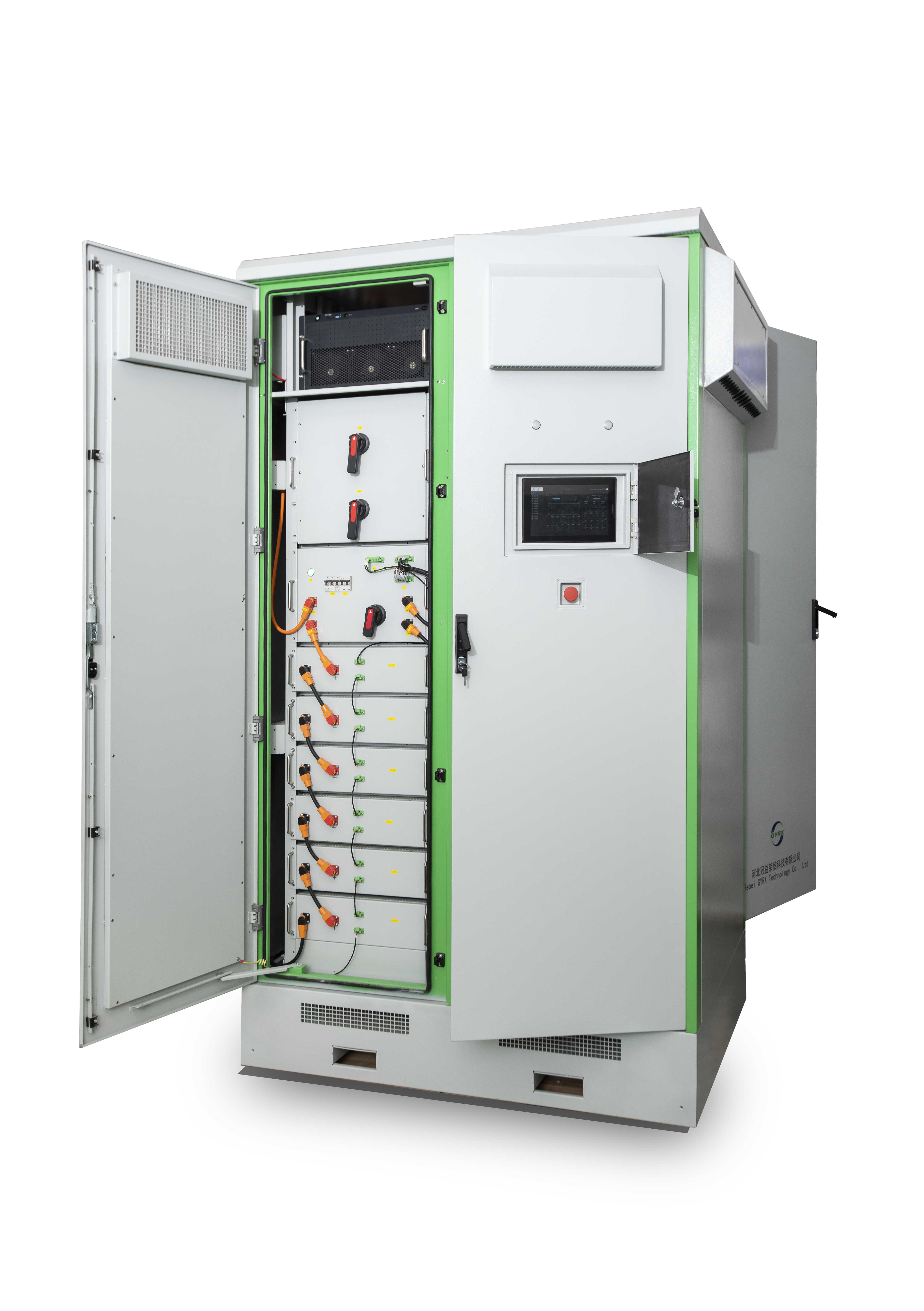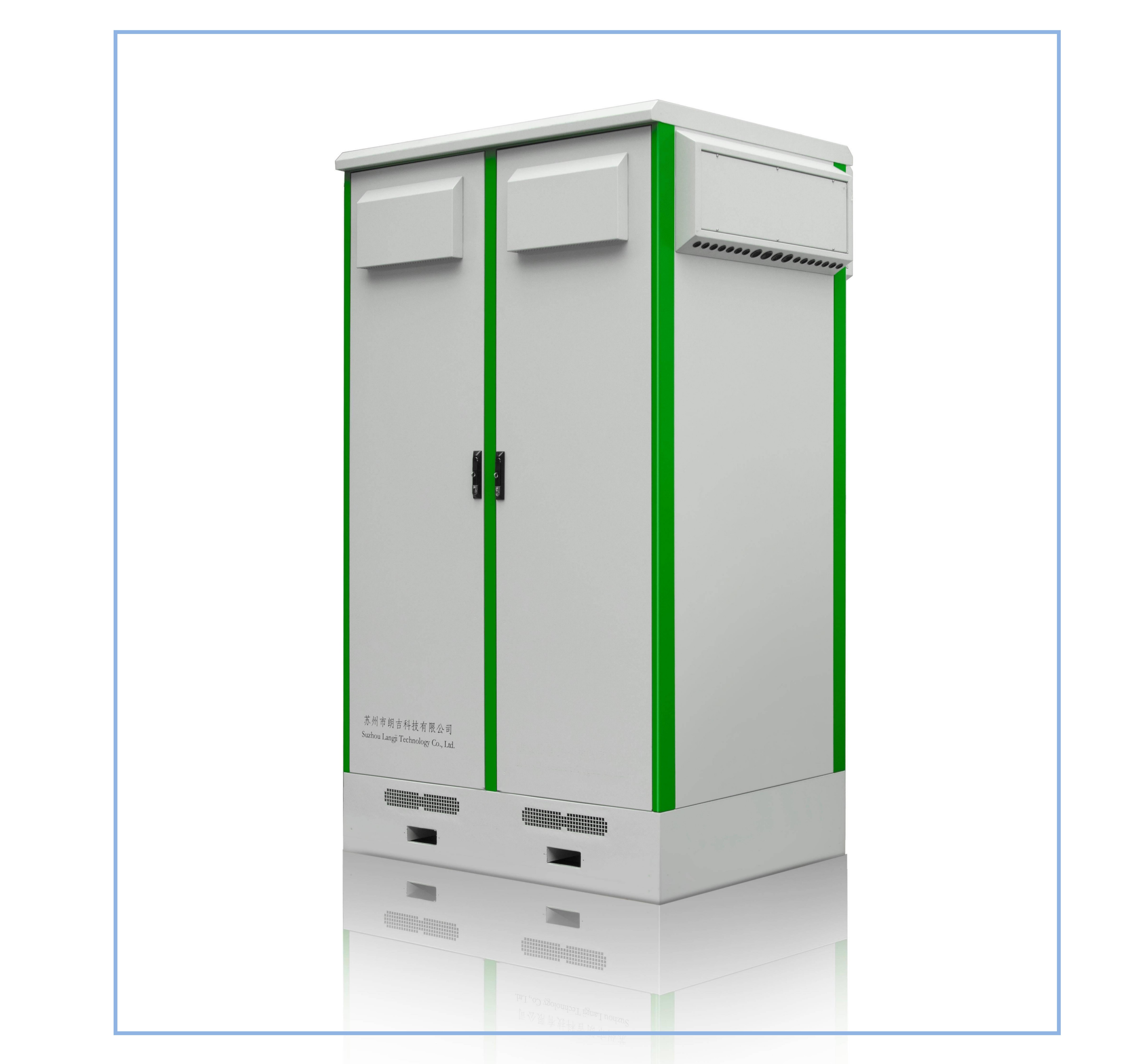
1 月 . 22, 2025 03:45 Back to list
energy storage power supply
Outdoor emergency power supply installation is a vital aspect for ensuring uninterrupted power during natural disasters or sudden outages. With increasing dependency on electronic devices and appliances, having a reliable backup power system installed outdoors can be life-saving. Drawing from years of industry expertise and credible sources, this article explores the critical requirements for installing outdoor emergency power supplies.
The fuel source is another key consideration. While propane and natural gas are common for standby generators due to their long storage life and availability, diesel offers higher efficiency. Solar panels eliminate the need for fuel storage but require optimal sunlight exposure for effective energy conversion. Cost-efficiency analysis must not be overlooked. While the initial investment for a comprehensive emergency power setup might be steep, consider tax incentives and rebates available for solar and energy-efficient systems. The long-term savings, paired with peace of mind during outages, often justify the expense. Consulting financial experts or energy consultants can offer insights into potential savings and return on investment. A notable trend in the industry is the integration of smart technology in power supply systems. Advanced models can be monitored and controlled via smartphone apps, allowing users to track power usage and system status remotely. This feature enhances the user experience by offering real-time alerts and remote troubleshooting, which is crucial during adverse weather conditions when physical access to the unit may be impossible. Lastly, to establish credibility and ensure trust with consumers, choosing emergency power supply systems from reputable manufacturers is critical. Manufacturers with a history of reliability and positive customer reviews are preferred. Checking for certifications and compliance with international safety standards further ensures product authenticity and performance reliability. In conclusion, the installation of an outdoor emergency power supply system requires careful planning and consideration of several factors, such as type, location, safety, durability, and cost-efficiency. By involving certified professionals and prioritizing quality, one can achieve a resilient setup that safeguards their home and family against unforeseen power outages.


The fuel source is another key consideration. While propane and natural gas are common for standby generators due to their long storage life and availability, diesel offers higher efficiency. Solar panels eliminate the need for fuel storage but require optimal sunlight exposure for effective energy conversion. Cost-efficiency analysis must not be overlooked. While the initial investment for a comprehensive emergency power setup might be steep, consider tax incentives and rebates available for solar and energy-efficient systems. The long-term savings, paired with peace of mind during outages, often justify the expense. Consulting financial experts or energy consultants can offer insights into potential savings and return on investment. A notable trend in the industry is the integration of smart technology in power supply systems. Advanced models can be monitored and controlled via smartphone apps, allowing users to track power usage and system status remotely. This feature enhances the user experience by offering real-time alerts and remote troubleshooting, which is crucial during adverse weather conditions when physical access to the unit may be impossible. Lastly, to establish credibility and ensure trust with consumers, choosing emergency power supply systems from reputable manufacturers is critical. Manufacturers with a history of reliability and positive customer reviews are preferred. Checking for certifications and compliance with international safety standards further ensures product authenticity and performance reliability. In conclusion, the installation of an outdoor emergency power supply system requires careful planning and consideration of several factors, such as type, location, safety, durability, and cost-efficiency. By involving certified professionals and prioritizing quality, one can achieve a resilient setup that safeguards their home and family against unforeseen power outages.
Latest news
-
FREMO Portable Power Station High-Capacity, Lightweight & Reliable
NewsMay.30,2025
-
24V DC Power Supply Certified & Efficient Home Depot Exporters
NewsMay.30,2025
-
12V 2A DC Power Supply for Home Depot Trusted Supplier & Exporter
NewsMay.29,2025
-
Energy Storage Power Station Solutions Reliable & Efficient Products
NewsMay.29,2025
-
Portable Power Station R100 High-Capacity & Reliable Backup Power
NewsMay.29,2025
-
Energy Management System EMS
NewsMar.07,2025


